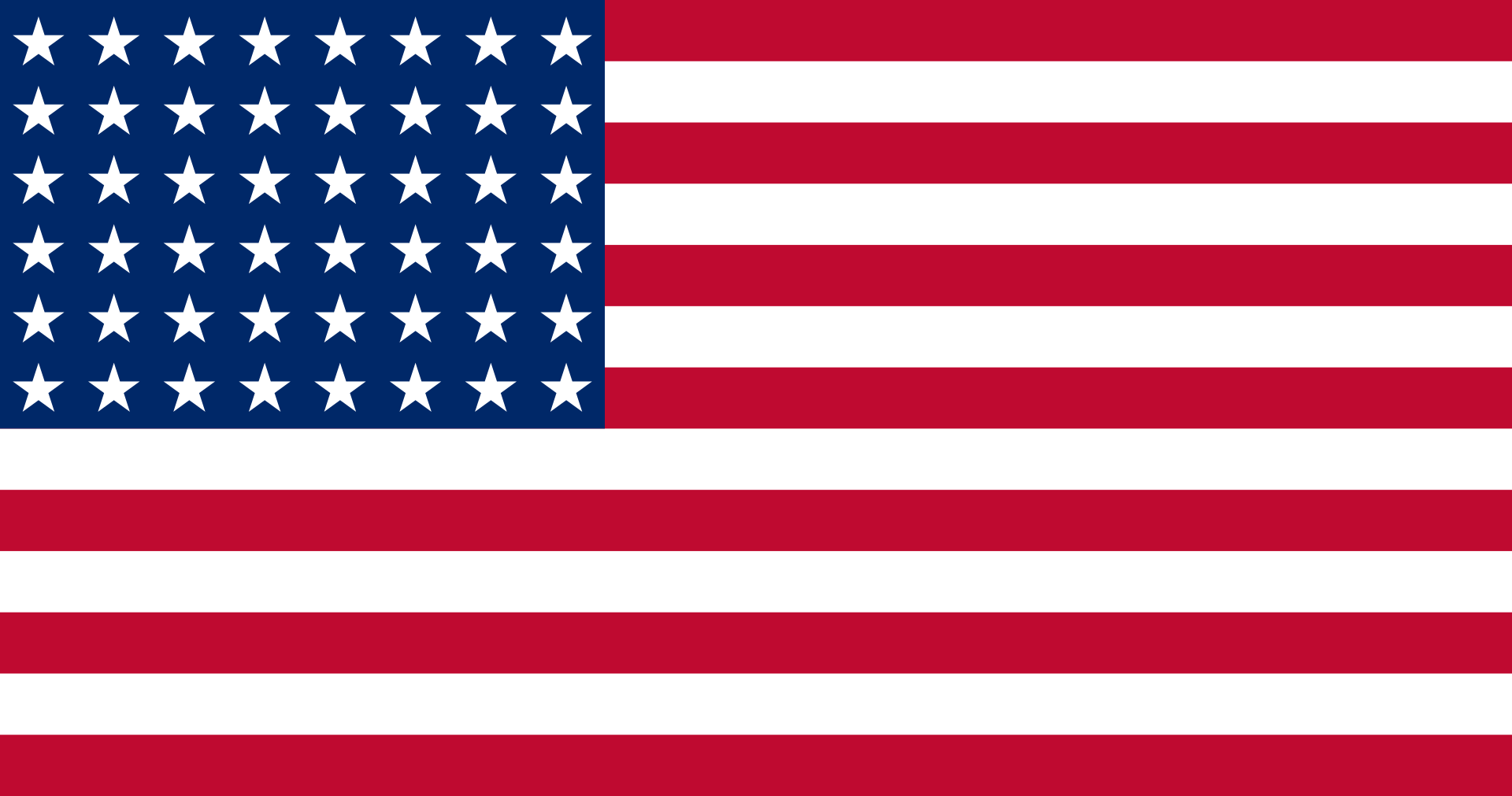317th Troop Carrier Group
United States of America
IATA/ICAO CODES: Nil
HEADQUARTERS: Bowman Field, KY (1942), Lawson Field, GA (1942), Laurinburg-Maxton AAB, NC (1942-1943), RAAF Base Townsville, Australia (1943), Port Moresby, New Guinea (1943-1944), Finschhafen Airfield, New Guinea (1944), Hollandia, Dutch East Indies (1944), Dulag Airfield, Leyte, Philippines (1944-1945), Clark Field, Luzon, Philippines (1945), Motobu Airfield, Okinawa, Japan (1945), Kimpo Airfield, Korea (1945-1946), Tachikawa AB, Japan (1946-1948), Wiesbaden AB, Germany (1948), Celle RAF Station, Germany (1948-1949), Rhein-Main AB, West Germany (1952-1953), Neubiberg AB, West Germany (1953-1957)
FORMER NAME: 317th Transport Group
SUBSEQUENT NAME: 317th Tactical Airlift Group (when reactivated 1978)
Commandos operated, squadron unknown:
The freshly constituted 317th Transport Group was redesignated 317th Troop Carrier Group on 4 July 1942. It was equipped with various military variants of the Douglas DC3. After six months of training in the USA, the Group deployed to the Pacific, arriving in Australia in January 1943. It operated in New Guinea for a short time until February 1943, receiving a Distinguished Unit Citation for making numerous flights in unarmed planes over the Owen Stanley Range, transporting reinforcements and supplies to Wau, New Guinea, where enemy forces were threatening a valuable Allied airdrome. At that point, in addition to new Douglas C-47 Skytrains, the Group operated Douglas C-39's (impressed DC2's), Douglas C-49's (impressed DC3's), Lockheed C-6o Lodestars and Consolidated LB-30 Liberator Express.
While maintaining its HQ in Australia, the Group continued to fly troops and equipment to New Guinea, established courier and passenger routes in Australia, and trained with airborne troops. It moved altogether to New Guinea in September 1943 and took part in the first airborne operation in the Southwest Pacific on 5 September 1943, dropping paratroops at Nadzab, New Guinea, to cut supply lines and seize enemy bases. Until November 1944, it transported men and cargo to Allied bases on New Guinea, New Britain, Guadalcanal and in the Admiralty Islands. It also dropped reinforcements and supplies to US forces on Noemfoor on 3 & 4 July 1944. After moving to the Philippines in November 1944, the Group transported supplies to ground forces on Luzon, Leyte, and Mindoro and supplied guerrillas on Mindanao, Cebu, and Panay, Philippines. It participated in two airborne operations during February 1945: on 3 & 4 February, it dropped paratroops south of Manila to seize highway routes to the city, and on 16 & 17 February it dropped the 502nd Regiment on Corregidor to open Manila Bay to US shipping. The latter operation, performed at low altitude over small drop zones in a heavily defended area earned the Group another Distinguished Unit Citation. The Group completed two unusual missions on 12 & 15 April 1945 when it bombed Carabao Island with drums of napalm. Dropped part of the 511th Parachute Infantry Regiment near Aparri on 23 June 1945 to split Japanese forces in the Cagayen Valley and prevent a retreat to the hills in northern Luzon.
The Group remained in the theater as part of the Far East Air Forces after the war, now using a mix of Curtiss C-46's and Douglas C-47's, the latter being replaced in 1947 with Douglas C-54 Skymasters. They flew courier and passenger routes to Japan, Guam, Korea, and the Philippines and transported freight and personnel in the area.
In May 1948, the Group was redesignated 317th Troop Carrier Group, Heavy and moved to Germany via the US in September 1948 to join USAF Europe for service in the Berlin airlift. It used C-54's to transport coal, food, and other supplies to the blockaded city. It then remained in Europe and transitioned to the Fairchild C-119 Flying Boxcar in 1952 before being deactivated on 12 March 1957.
The Group was composed of the following squadrons (only those that operated Commandos are listed):

